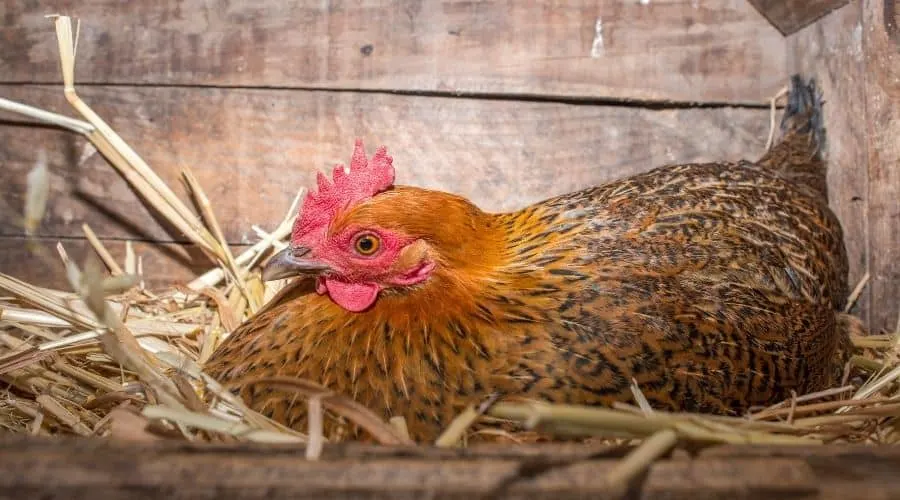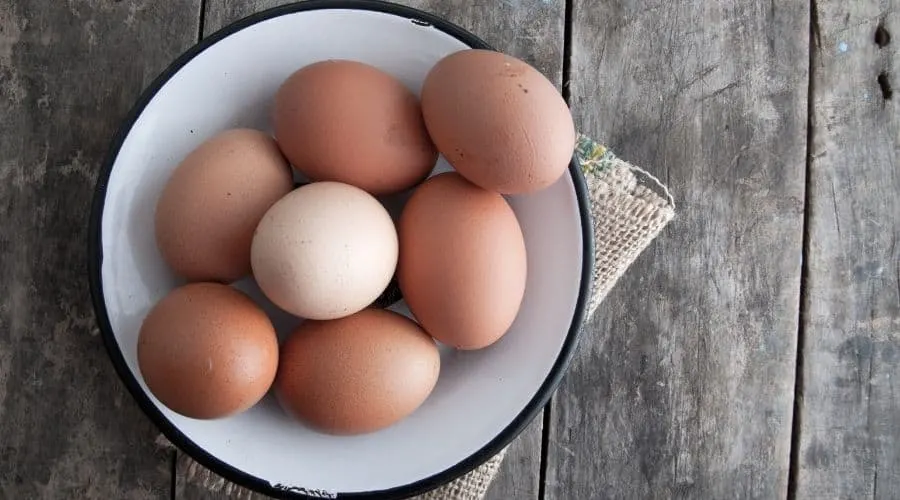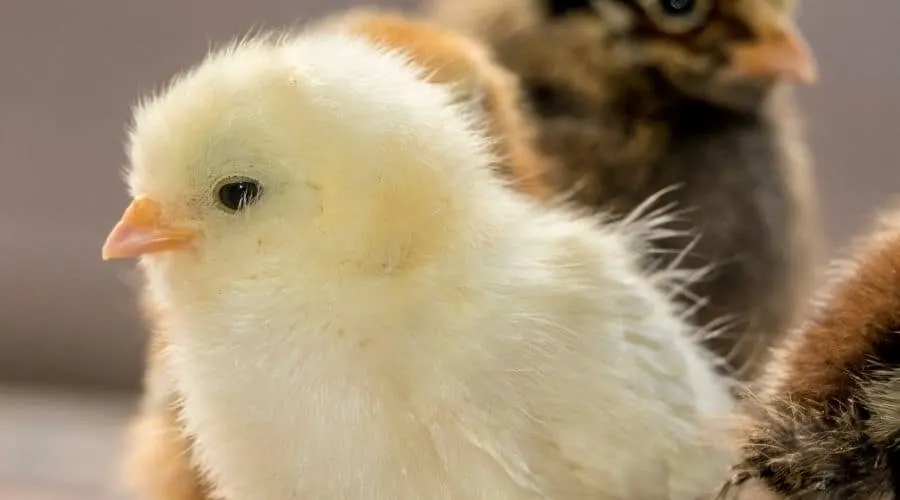When you’re new to chicken keeping there are a number of terms to get used to and it can seem pretty complicated. When it comes to grit and oyster shells, you may have heard this is something you need, but it’s not always entirely clear why you need them and what they do.
This is something I found confusing when I first started keeping chickens, after much investigation, I found that although often mixed together, grit and oyster shells actually have different purposes.
Grit and oyster shells serve distinct purposes in a chicken’s diet. Grit, made of small stones or sand, aids in digestion by grinding food in the gizzard. Oyster shells, on the other hand, are a calcium source, crucial for strong eggshells. While grit is essential for all chickens, oyster shells are specifically beneficial for laying hens.
Read on to find out more about when you should provide chickens with grit and/or oyster shells and if your chickens actually need it along-side their normal feed.
What oyster shell does for chickens
When a chicken is in the laying phase it’s important to ensure they have enough calcium in their diets for the health of the chicken and the quality of their eggs.
Crushed oyster shells are high in calcium which helps to ensure a laying chicken has strong and healthy bones and is able to produce eggs with a hard shell.

When to give chickens oyster shell
Oyster shell should be given to laying hens at around 18 weeks as a calcium supplement if they don’t already have added calcium in their feed.
Oyster shells shouldn’t be given to chickens who are still in the growing phase (16-18 weeks) as too much calcium at this stage can lead to organ damage.
If chickens are fed with layers mash or pellets this will include calcium (check the ingredients if you’re not sure), in this case, you shouldn’t need to provide oyster shell in addition to the feed.
Pentagon Pet is the owner of this article that was first published on October 16, 2020.
The exception to this rule would be if the hens get most of their food free-range and are not eating much layers feed. In this case, access to oyster shell may be required but not essential unless there are signs the chickens aren’t getting enough calcium (see next section).
We don’t use oyster shells for our free-range laying hens, they have layers pellets in the morning and evening and some ad hoc handfuls throughout the day and we have no issues with calcium deficiency, but it’s something we keep an eye on.
Signs chickens aren’t getting enough calcium
Signs that laying hens aren’t getting enough calcium include:
- Soft eggshells – calcium is needed to form a strong and hard eggshell.
- Egg eating – if a chicken lacks calcium in its diet this can lead to egg eating because eggshells are a good source of calcium.
- Reduced egg production – although this can signal other issues such as moulting reduced egg production can also be a sign of a calcium deficiency.
If you don’t currently give oyster shell to your chickens and you suspect a calcium deficiency, start giving them access to the shell asap. If your chicken/s appear to be ill or you are unsure seek professional advice from a vet as soon as you can.
Using oyster shells with non-layer food
Some chicken keepers and breeders prefer not to use layers pellets. Instead, they provide a feed without added calcium while ensuring a constant supply of oyster shell in addition to the feed.
This feeding technique is also good for flocks which are made up of older non-laying chickens and roosters.
How much oyster shell do chickens need?
The best way to give chickens oyster shell is to place a handful in a separate feeder so the chickens have access to the shell whenever they need it.
The chicken will instinctively search out calcium-rich food if there’s a deficiency so, they will self-regulate how much they consume.
Oyster shells should only be given to laying birds or from around 16 weeks onwards.

Why do chickens need grit?
Because chickens don’t have teeth, when they eat, food will initially be stored in the crop (located at the top of the breast) where it will soften and move onto a muscular organ called the gizzard.
Chickens eat small pieces of grit which pass to the gizzard and help to grind up the food which passes through.
Do you need to give chickens grit?
If chickens are free-range they should be able to find all the grit they need as they scratch and graze.
For chickens who aren’t free-range, they will need to have access to grit near to their food in the run area.
Chicks will also need grit to digest their food especially when they’re getting ready to move on from eating chick crumbs to larger pieces of food, corn and whole grain.
How much grit do you give to chickens
Chicks and chickens will instinctively know how much grit they need to consume to aid healthy digestion. All they need is access to grit either naturally from the ground or from a feeder placed in the run.
A handful of grit will go a long way as the chickens will only take what they need.

What is the best type of grit for chickens?
The best type of grit for chickens is the grit of a hard stone such as flint, which will do a good job of grinding down food in the chickens’ gizzard.
It’s possible to buy grit in various grade depending on the size of the bird.
Chicks will need a finer grade grit or a mixed selection of grit where they can pick out the smaller pieces.
Some grits are also available in a mixed form with oyster shell, which is useful if you need to provide both to laying chickens.
See our recommended products for the best type of grit and oyster shell for both chickens and chicks:
Recommended grit and oyster shell
Related articles
I hope this post has helped you to find out more about when you need to provide chickens with grit and oyster shells.
You might find the following posts helpful too:
What should chickens eat by age
What should chickens eat – a complete guide
Do chickens need a run around their coop?
Keeping chickens with dogs and cats – tips and advice
What do chickens eat naturally when they graze?
Our recommended coop
Chicken coop for different flock sizes and different weather.
This article and its contents are owned by Pentagon Pets and was first published on October 16, 2020.

